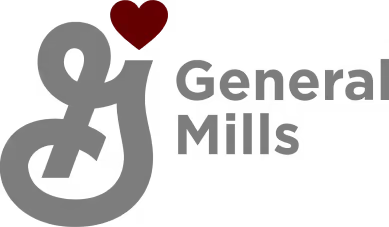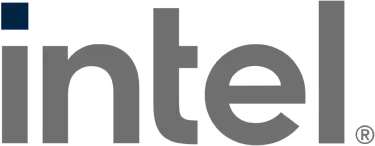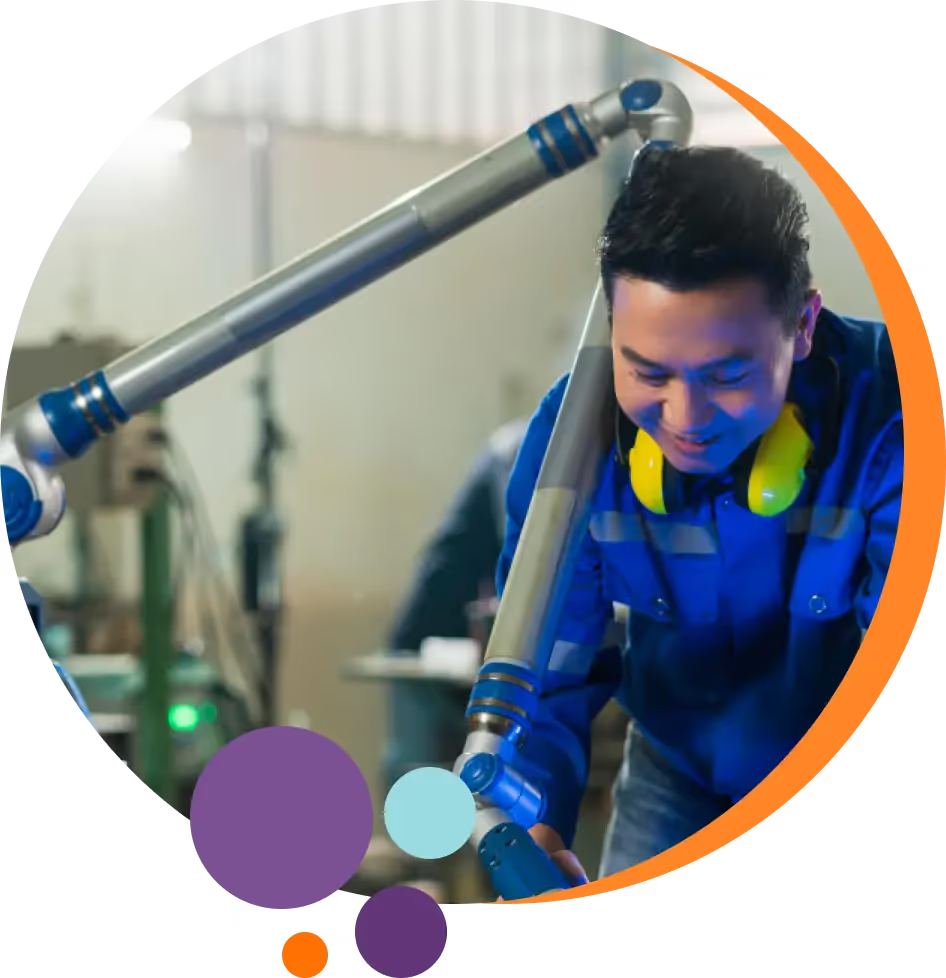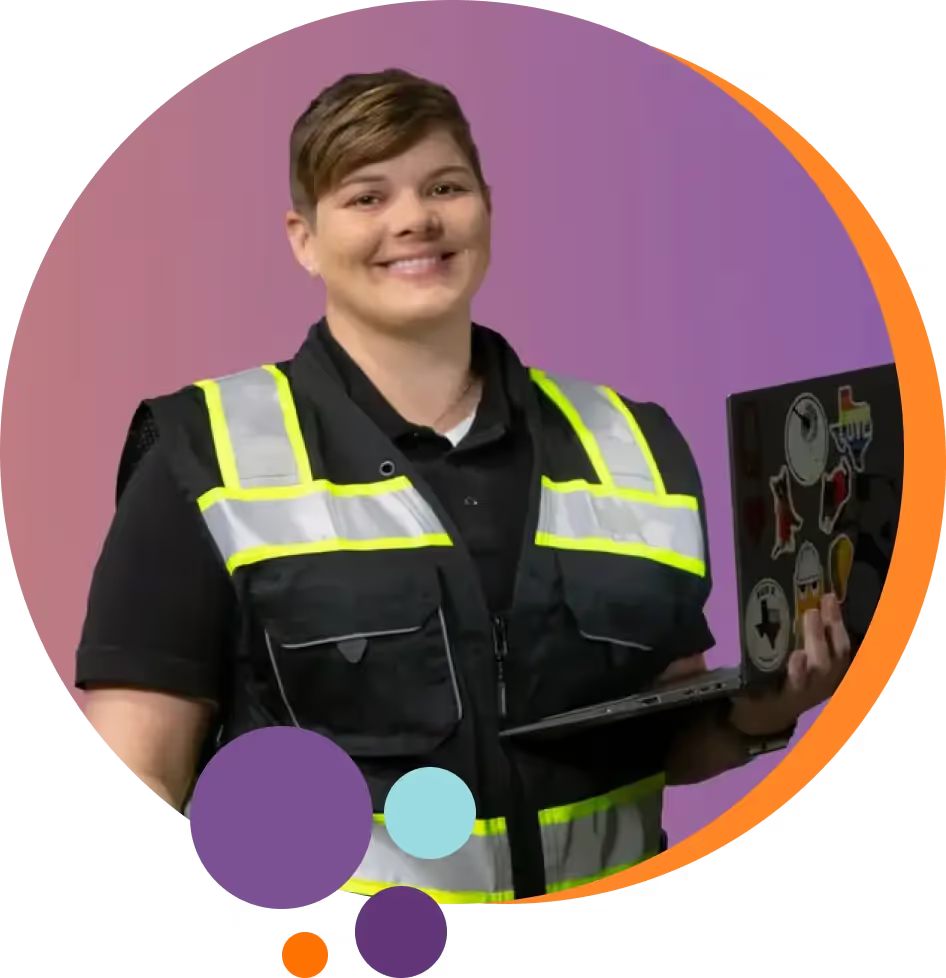How a Career Change Resume Is Different
Switching careers is scary. And making career changes requires a different type of resume to showcase your skills and experience.
First off, realize that even though you might not have the experience you want, you do have skills necessary to change careers. You just need to find out what they are and highlight them in the best resume format for career changers – the combination format functional resume.
When changing careers, highlight your transferable skills with a functional resume format to deemphasize work experience and show off your skills!
Transferable skills are those you acquired in other fields but can apply to your new field. These may include leadership skills, communication skills, problem-solving, or even technical knowledge.
By focusing on these skills, instead of job experience in your resume, you can show employers that you're the right fit for your new career.
And the good news is that skills may be slowly replacing degrees. According to LinkedIn CEO, Ryan Roslansky, "The future belongs to the skilled. Skills, particularly tech skills are more in demand than ever." (1)
A functional combination resume is the best way to highlight your skills to hiring managers, allowing you to show off both your qualifications and experience while also emphasizing your skills.
Customize your resume based on the job you're applying for and get results! Check out this example resume created from a resume template on Canva!

Resume for Career Change: Combination Resume Format
Stand-out resumes these days are not your old black and white top to bottom lists of education and experience. Selecting a career change resume format that highlights your best features helps your resume leap off the page. (more on design format later ;)
And since you're a career changer, you will likely want to highlight your highly transferable skills or certifications above your job experience.
One way you'll do that is by creating a career change resume objective and summary of qualifications!
Your name will obviously go at the top. But after that, you’ll need 5 basic areas on your resume.
1. Contact Information
- Relevant Career Network sites
- Title (job title you want)
2. Career Objective and Summary (MOST IMPORTANT)
3. Education and Certificates with Bullet Points
4. Highlight Transferable Skills with Bullet Points (IMPORTANT)
5. Relevant Work Experience
We will go through each section with examples of how to create your resume and change careers with style! We'll also include what NOT to do!
But first, let's start at the beginning -- doing your homework.
.webp)
Research First (for a Knockout Resume!!)
First, read everything about the career you want.
For example, suppose you manage the IT help desk teams for a local university but want to change fields by going into project management for a software creation company. In that case, you'll need to research your new field to understand your relevant skills.
Check Out the Duties and Skills of Your Desired Position
First, find the career change resume skills that project managers need. According to Indeed, some of the skills required as a project manager include:
- Adaptability: Juggling many tasks while assisting others when needed.
- Budgeting: Efficiently spending budget to maximize benefits
- Decision-making: Assessing relevant information for informed decisions
- Industry knowledge: Understanding team needs to make informed decisions
- Leadership: Motivating staff members and providing meaningful instruction
- Problem-solving: Identifying problems and solutions
- Risk assessment: Estimating potential project risks, costs, and probabilities
- Time management: efficiently keep the project on schedule (2)
Consider which duties you can perform well and which skills allow you to do so. Make a note of the skills that would make you a perfect candidate for the job!
However, if you feel concerned that you need more skills to land the job, you might try earning a certificate or certification online with Unmudl.
For an IT project management position, you might try one of these courses:
- Mastering Project Management with PMP Prep
- IT Professional Series
- Fast Track to Information Technology
Check out Job Description Examples
Starting a job search is exciting but simultaneously terrifying! You may look at job duties in job ads and see descriptions that include skills you don't have. What if you're really out of your depth here?
The fact is that people change careers all the time without all of the skills listed in the job search ads.
In fact, "if you've found a job that you want to apply for but don't meet all of the requirements, it's often still worth applying. Even without every qualification, it's possible to receive an interview and a job offer. The key is to shift your pitch toward your strengths in order to focus on the knowledge and experience you do have." (3)
And now is an excellent time to apply! In fact, 66% of companies will train and hire candidates who may be lacking in skills but have potential! (4)
So don't let job descriptions scare you, take a leap of faith and start looking at the job titles you would like to have by YOUR name!
Do some job searches and read about all the skills they require for the position. Read about these positions on sites such as LinkedIn, Glassdoor, or Indeed. And then read through articles about what it takes to find success in your new chosen profession.
Interested in a career change? Check out the full guide on how to change careers successfully.
Hone in On the Position You Want
Find a position with the exact title for which you have transferable skills OR recently received certification.
You might type "software project management positions new mexico" into the search box and see what comes up. Read the exact list of skills required for the position.
For example, let's say the ad is for an "IT Project Manager" and asks for these abilities:
- Demonstrated knowledge or experience as an IT project manager
- Analyze high-risk initiatives
- Effectively facilitate meetings and present solutions using strong organizational skills
- Understand project management methodology
- Demonstrated analytical and creative problem-solving skills
- Experience leading and managing project teams with accountability
- Balance multiple priorities simultaneously while adapting to needs
- Experience as a software developer
- 5+ years in business administration
Now that you have the information you need, you can effectively create a resume that will land the job of your dreams!
However, if you need more skills, prove your readiness and prepare for your career change with these hot courses of study from Unmudl:
- Certified Ethical Hacker-Mentor Led
- Mechatronics for Equipment Maintenance - Level II
- Fast Track to Plumbing
- EC Council-Certified Ethical Hacker (CEH)
Now you can start the writing part of your resume for a career change!
.webp)
SECTION 1: "Contact Information and Title"
Write your first draft resume in a doc format first. (You can choose design elements later on.)
First, decide on your new job title and include this under your name. This helps future employers see you as the owner of this title. Start claiming who you want to be by declaring it first thing!
Next, include your contact information, including email, phone number, city and state, and any relevant social media links, such as a namesake website highlighting your best career features or a LinkedIn profile.
Add a link to another professional site if it uniquely highlights your best work. Sites such as Behance or Vimeo could work well for a graphic designer or digital video production job resume. For an IT or software engineering position, you might include a link to your Github, etc.
However, only include sites where you've carefully edited your profile to suit your new job description and bring out the relevant skills for your new path.
SECTION 2: Resume "Objective & Skills Summary"
Your resume objective and summary is crucial to show the hiring manager why you're applying for the job, and how your skills make you the best candidate.
Pro Tip: Write the rest of your resume, and then return to this section for the best results.
Don't write your objective or summary before writing the rest of your resume. You don't know what you want to write yet and won't know until you create the rest of your resume. You need to know what factors prove you're the best candidate before you can prove it to someone else!
Your resume summary is of utmost importance. If you don't catch the hiring manager or recruiter's attention in the first 6-7 seconds with your resume summary you're out of luck!
Did you know? You can use AI tools to help you build your résumé.
Highlight Your Transferable Skills
Let employers know that you have the transferable skills to excel in your new field by using exact phrases from the job description you want. By doing this, you will not only move through the hiring manager's computer keyword checks but also outshine your competition, whether they have experience or not!
Once you've identified your transferable skills, it's time to show them off on your resume! Here are some tips on how to do just that:
- Focus on the key skills that enable you to mitigate gaps in experience.
- Use strong action verbs (managed, developed, created, led) to make your skills stand out.
- Be specific, Include details on the outcomes of relevant projects or tasks you've completed.
- Quantify your accomplishments when possible, with numbers or percentages.
- Show what you've achieved in the past
By including your transferable skills in the skills summary section of your resume and focusing on results, employers will quickly recognize that you're the perfect candidate for their position.
Your summary of qualifications should bring to life the rest of your resume! This section is your shot to show employers how you can benefit their company with your skills, experience, and accomplishments.
Be sure to include specific examples of how your skills apply to your new field. Mention some of the company's exact needs by name to show that you've done your research and are passionate about the job.
With a well-written resume summary, employers will know that you're capable and prepared for this career change. Next thing you know, you'll be sitting in that interview chair, sharing why you're THE candidate for the position!
If you're unsure you possess the skills you need, take a course or read more about changing career fields at Unmudl.
SECTION 3: "Skills List"
At this point in your career change resume, you can list the transferable skills relevant to the job you're applying for in bullet form.
- Soft skills are interpersonal skills such as communication, problem-solving, and collaboration.
- Hard skills include technical knowledge or abilities related to a specific field.
Think about how to highlight your soft and hard skills in a career-changer resume by considering the job description again.
Find your skills that are in the description for the job ad.
For example, as an IT manager who recently took courses in project management, you might write your skills out this way as a brainstorming exercise.
Transferable Soft Skills
- Strong organizational
- Analytical and critical thinking
- Creative problem solving
- Time Management
- Administration and Management
- Presentation of innovative solutions
- Adaptability to new situations and tasks
Transferable Hard Skills
- Advanced Project Management Concepts
- Map vital control processes within a project ecosystem
- Analyze data to identify trends or resolve operational problems
- Find technical or legal issues immediately in a text
- Write a solid project brief for a team to follow
- Verify budget and expenses while catching errors
- Slack, Asana, Basecamp, Clickup
- Javascript
- MS Project
- Project launch and delivery
- Reviews, reporting, and evaluations
Next, you'll make a pared-down bullet point list of your best specific skills to add to your resume.
Include what you're good at that the employer needs. Show that you have the necessary skills for the job, despite lacking experience in the field.
[photo of someone managing]
SECTION 4: "Educational Experience"
After you've included your qualifications and skills section summary, you can add more detail by including relevant educational experience.
It's crucial not to include experience unrelated to your skills and abilities for this specific role.
For example, if you have taken a study on the basics of project management, add: “Project Management Basics Course: Completed a course on advanced principles of project management.”
Be sure to include any relevant certifications in your education section. And when listing education, include information about courses, certifications, degrees, and academic achievements.
By including relevant education, you show employers that you have the background, skills, and knowledge necessary to excel in your new career field!
For example, let's say you have a degree in communications and worked in customer service for 8 years. However, you want to go into IT as a help desk employee, and you know computers.
Relevant coursework may be your best bet to show your skill set. You could try one of these on-demand and online courses from Unmudl:
SECTION 5: "Relevant Work Experience"
Carve a path to success by including relevant work experience related to the position you're applying for. When adding work experience to a career changer resume, include any jobs from your past with duties or transferable skills related to the new job.
Recruiters look at what you’ve done in the past and how you can use those experiences going forward. So writing a resume or cover letter and doing an interview are all about picking and choosing what parts of yourself to share.
Include Other Work Related to Your New Field
And if you have focused on personal projects to show your new passion for a field, don't be afraid to add them to your career change resume.
For example, if you're applying for a marketing job and you've created your own successful blog website, you might add that you've already been working in this new industry for 5 years in your spare time! You might quote your google analytics statistics to let others know how well you've done in this field so far.
You can write a career change resume in no time when you understand who you are and where you want to go!
Who Are You?
You've been many different versions of yourself over the years. Your job when writing a resume is to describe the version of yourself that excels at the position you want!
According to the Harvard Business Review, it makes sense to "pursue a diverse portfolio of options rather than just sticking single-mindedly to one. Even in happier times, career change is never a perfectly linear process. It’s a necessarily messy journey of exploration — and to do it right, you have to experiment with, test, and learn about a range of possible selves."
So as you consider the different sides of who you are as a person, consider which aspects of your past are worth mentioning. Think about who you've been and who you want to become.
How did your past experiences shape you into who you are right now?
List Your Past Jobs and Career Experiences
Consider the jobs you've had that required the needed transferable skills for your career change resume.
List those transferable skills from your previous roles and include any duties or projects that relate directly to a new career.
For example, if your previous role included managing teams, developing processes, or problem-solving, then list these tasks under the job.




















.webp)





